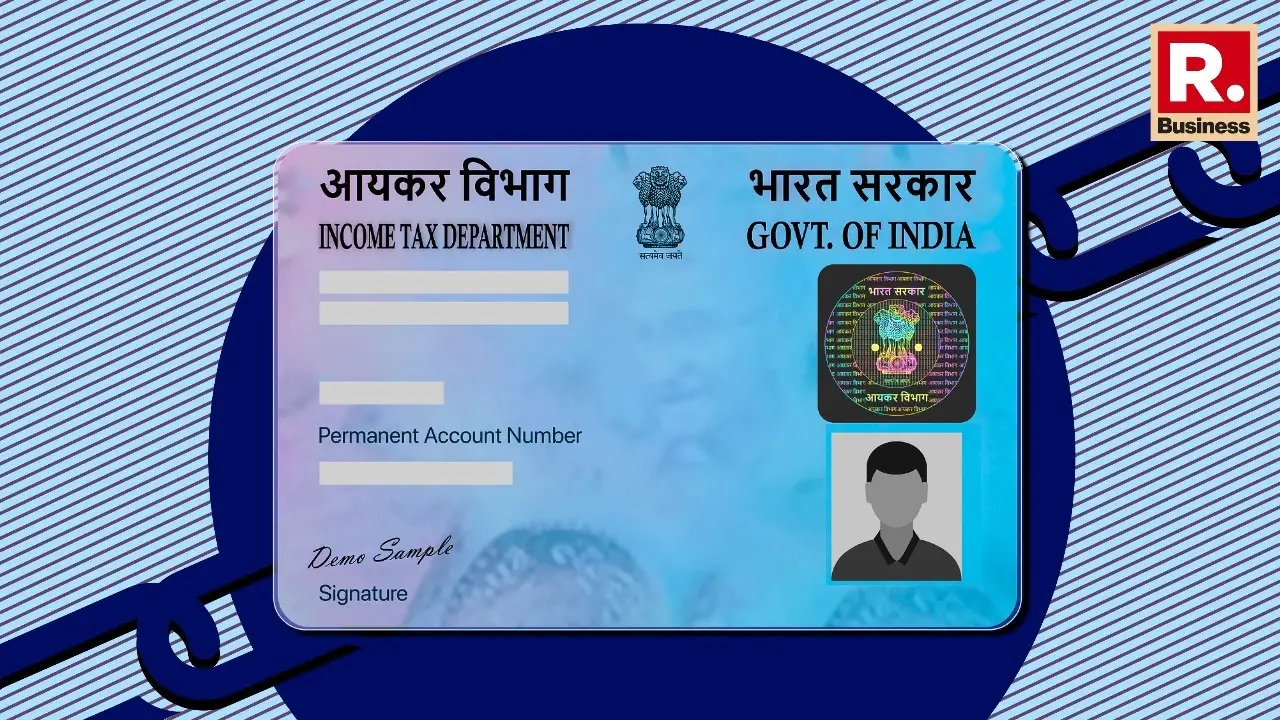Copyright republicworld

The Permanent Account Number, or PAN, is a 10-character alphanumeric code. The Income Tax Department of India issues it to keep track of everyone's financial dealings, whether you're a person, a business, or some other entity. It's basically the key way to make sure taxes are handled properly.A PAN isn't just random characters; each part tells you something specific about who it belongs to.The PAN follows a format- five alphabetic characters, followed by four numerical digits and ending with one alphabetic character (For example: ABCDE1234F)First three letters: These are any letters from AAA right up to ZZZ, just going in order as new PANs are given out.Fourth letter: This letter denotes the type of PAN holder or entity. For a regular person, it's 'P'. A company gets 'C', a Hindu Undivided Family is 'H' and an Association of Persons uses 'A'. There are others too, depending on the type.Fifth letter: For individuals, this is the starting letter of your last name or surname. For non-individual entities like companies, it is the first letter of the entity's name.Next four digits: These are numbers from 0001 to 9999. These are sequential numbers assigned by the department during the application process.Last letter: A checksum letter for validation, used for error-checking and verification of the PAN.The fourth character defines the legal status of the entity:To check the validity of your PAN card online, use the NSDL e-Governance portal for verification.Your PAN is the main ID for pretty much any big money move in India. It ties everything together so the tax department can track transactions and make sure nothing slips through the cracks.At its core, a PAN does two things: it quickly shows what kind of entity you are (person, business, trust, etc.) and gives you a unique tag that follows you across banks, investments, taxes and everything.



